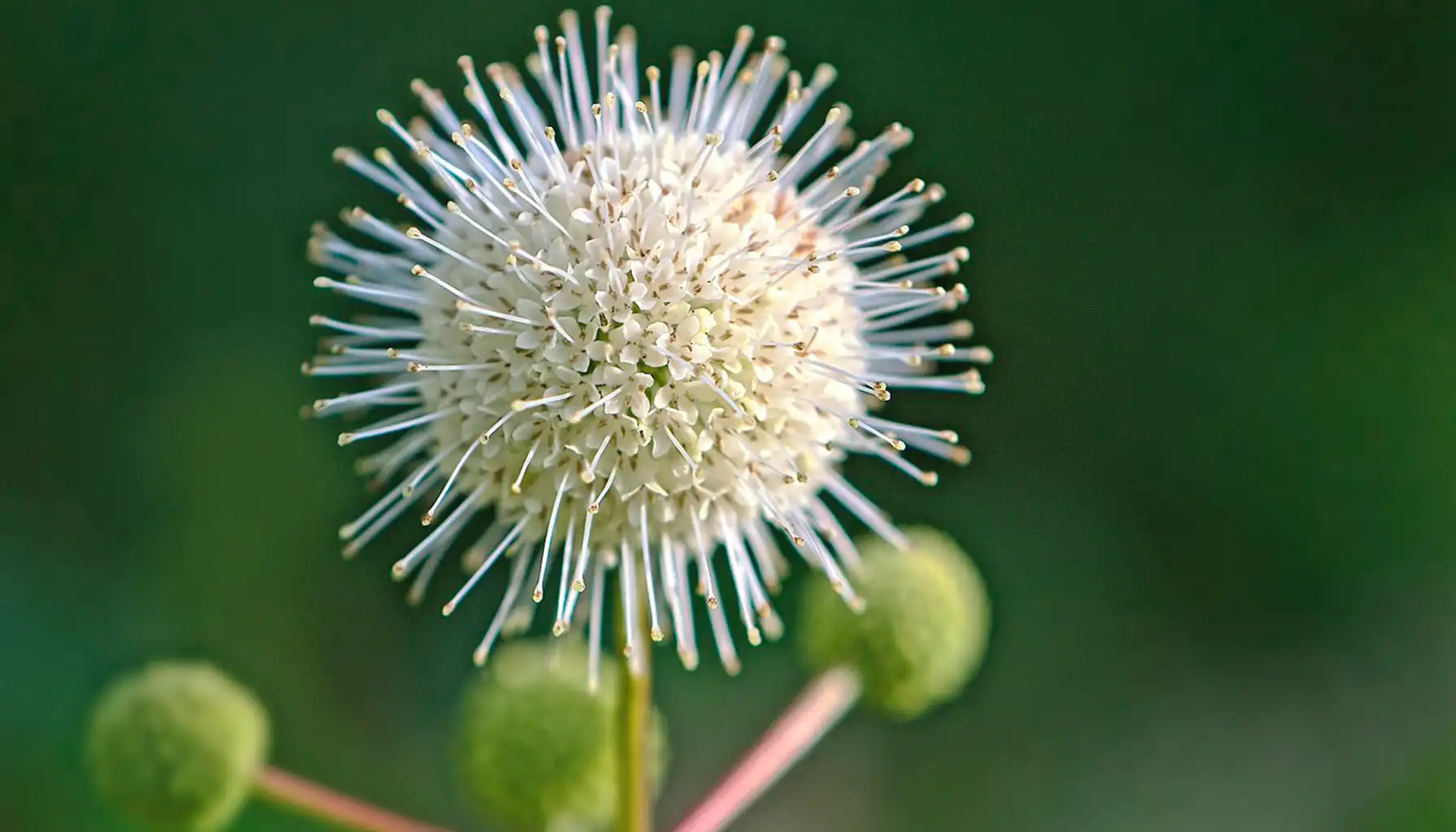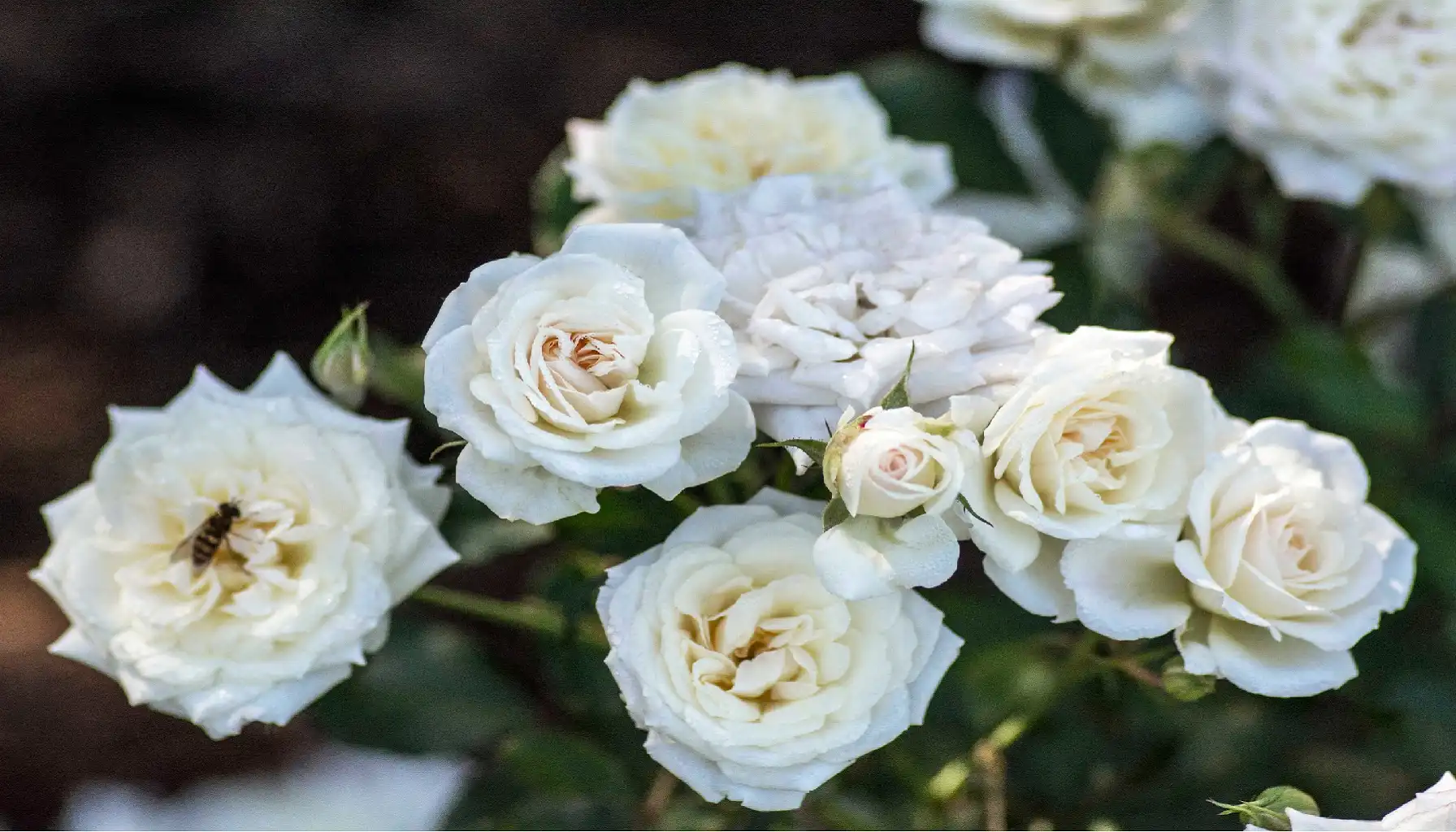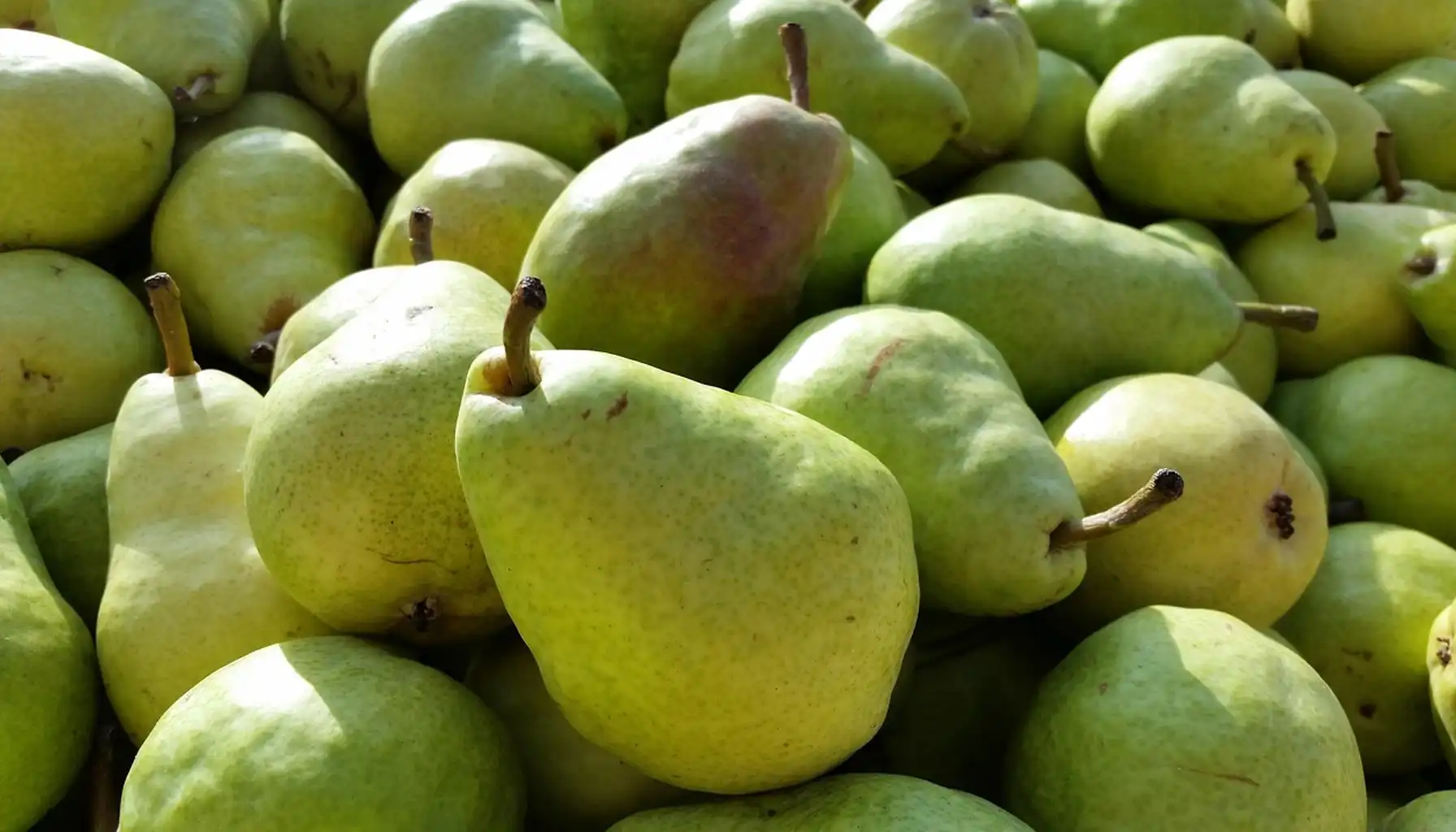…A rose by any other name would smell as sweet…
Roses indeed refer to one of the most popular types of flowers that attract both gardeners and casual flower lovers with their glorified beauty, rich symbolism, and wide range of colors and shapes. They do represent the most pleasing, precious feelings we get, as well as elegance and natural charm hidden within their petals and stalks.
Certain cultivars are especially valuable and attractive, let alone the drift roses colors and their continuous bloom. If you are in search of a compact yet alluring plant, this might be the right choice so far. But how to take care of it? Why might drift roses look terrible under certain conditions? And how to identify a plant by its physical characteristics and its scent?
What Are Drift Roses?
There exists an innumerable amount of roses, i.e., about 30,000 recognized cultivars, give or take. Over the last years, drift roses have gained popularity due to their unique qualities inherited from two internationally widespread types, i.e., the hardiness and spreading habit of traditional groundcover roses and the compact size with the continual blooming of the miniature ones.
The result of the crossbreeding, which was carried out in the early 2000s by the rose breeding company Meilland International, is a low-growing, densely packed flowering hybrid that looks like a vibrant carpet, perfect for garden beds and more "commercial", large-scale landscaping. As a rule, these natural creations do not get too high or wide. In turn, they may reach only 1 to 2 feet in height and spread up to 3 feet wide.
As most botanists state, the major win is their low maintenance demands, which means they do not require constant care but moderate efforts only (just like lantana shrubs). For a better understanding of what these roses are, let us take a look at their main characteristics and special traits.
The Main Characteristics |
Height | 1 to 2 feet (30–60 cm) |
Width | 2 to 3 feet (60–90 cm) |
Growth Habit | Low-growing, spreading groundcover |
Flower Color Range | Coral, red, pink, peach, white, apricot |
Scent | Mild to moderate fragrance |
Flowering Period | Continuous bloom from spring through first frost |
Edibility | Not edible; primarily ornamental |
Toxicity | Non-toxic to humans and pets |
Hardiness Zones | USDA Zones 4–11 (cold hardy and adaptable) |
Disease Resistance | High resistance to black spot, powdery mildew, and rust |
Maintenance | Low; minimal pruning and fertilizing needed |
Key Benefits and Strengths
Although all the roses are generally considered symbols of beauty and elegance, some of them may offer something more than just the perfect picture outside your window. Since their appearance, these floral pieces have become a favorite for gardeners thanks to the following traits:
Low Maintenance: Unlike many traditional roses that require frequent pruning and spraying, the drift ones are considered low-maintenance. As such, they barely require special chemical treatments, while their miniature size presupposes less pruning to keep them tidy.
Continuous Blooming: One of the most appealing features is the long flowering period of the plant. In fact, they do bloom continuously from early spring all the way to the first frost, providing the surrounding area with a captivating profile and scent.
Disease Resistance: What is more, since it is a hybrid that was carefully designed with numerous aspects taken into consideration, such roses are resistant to common diseases such as black spot, powdery mildew, and rust.
Adaptability: Apart from the above-mentioned benefits, these are extremely flexible in terms of their adaptability skills, for they may thrive in a variety of soil types, climates (USDA zones 4–9), temperatures, and humidity levels, too.
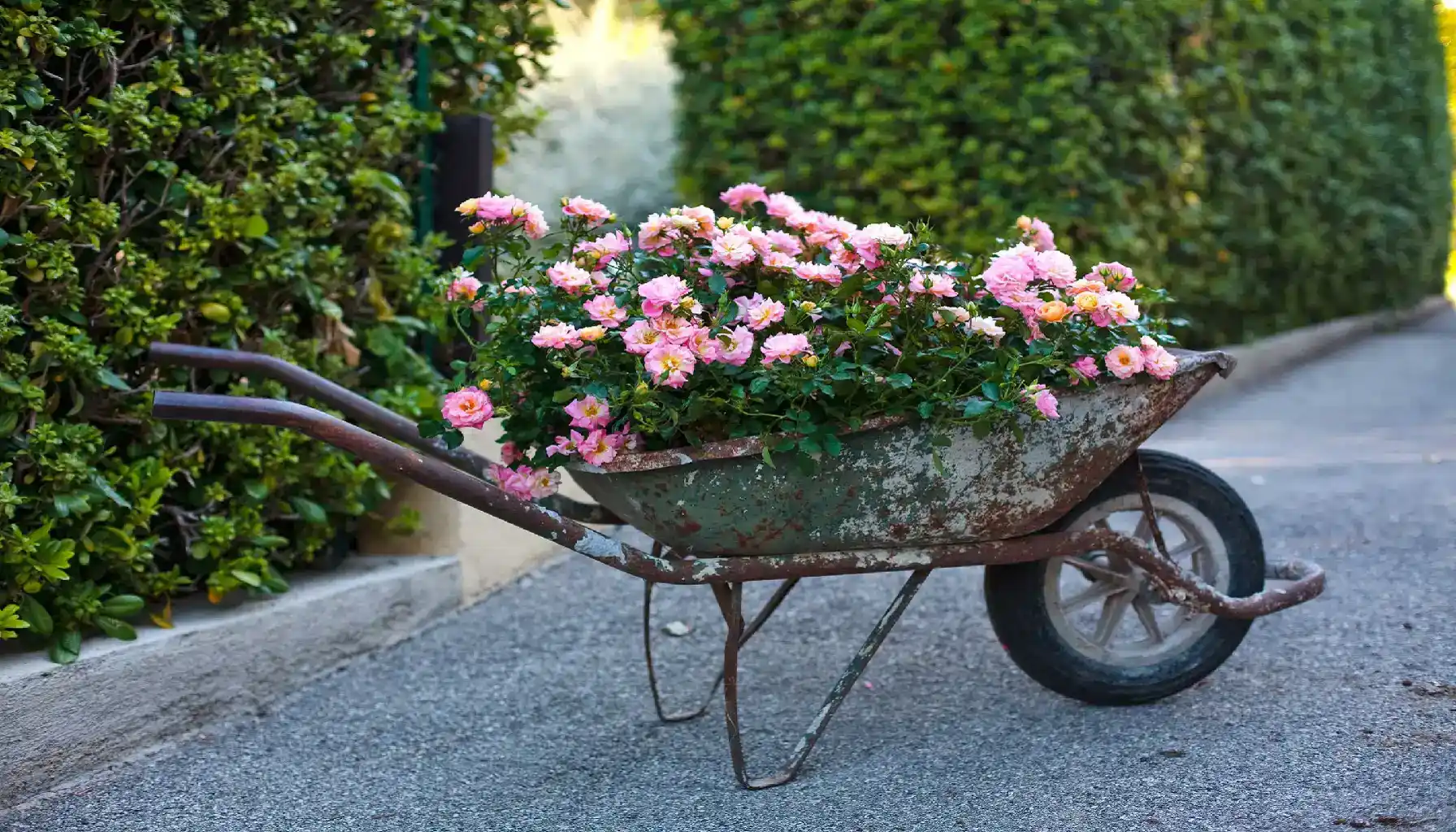
The Best Varieties to Spot
According to the official website of the breeding company, there is a wide range of flowers that can be grown in your garden. They all differ in the shape of the rosebuds, petals, and color as well. So, before you incorporate the plant into your collection, it is vital to select which one is the most appropriate and, more importantly, precious to your heart.
Variety | Color & Bloom | Distinct Features | Best Use |
Apricot | Double apricot blooms, season-long color | True groundcover growth; disease resistant | Walkways, edges, compact gardens |
Blushing | Soft pink with warm yellow centers | Abundant clustered flowers; reliable and compact | Borders, front-of-bed plantings |
Buttercream | Light yellow, cuplike petals | Cheerful tone; clean, rounded habit | Mixed beds, casual gardens |
Coral | Bright coral-orange blooms | Eye-catching color; drought and heat tolerant; winter hardy | High-visibility spots, sunny slopes |
Lemon | Vibrant yellow blooms | Dense and rounded; very bushy structure | Available in the Western US; sunny beds |
Peach | Soft peach tones; heavily floriferous | Long bloom window; excellent pairing with perennials | Mixed borders, traditional plantings |
Pink | Rich pink with soft centers | Mounded shape; continuous blooming throughout the season | Containers, groundcover under taller shrubs |
Popcorn | Buttery yellow fading to creamy white | Resembles popcorn clusters; touches of Peach variety tones | Playful accents, pairing with darker foliage |
Red | Petite crimson-red blooms | Trails gracefully; ideal for natural draping over edges or walls | Retaining walls, raised beds |
Sweet | Clusters of soft pink flowers | Romantic and cottage-like; profuse blooming until hard frost | Cottage gardens, classic landscapes |
White | Pure white, miniature rose form | Elegantly shaped; may show hints of soft pink from the Sweet variety | Formal designs, light-reflecting garden spots |
Note: Certain types can be seen as the most popular (among other the most popular flowers in the end).
White Drift roses bring a clean elegance to any garden space, with their fully double blooms that may support both formal and informal designs.
Peach Drift roses are loved for their incredibly abloom nature and romantic flowers from spring through fall.
Coral Drift roses may boast their vibrant, sunset-like tones that catch the eye even from a distance.
Red Drift roses represent a more classic perspective with a deep red hue in a compact form.
The Drift Roses Care: Rules and Tips
Each plant requires consistent care, and the hero of our article is no exception. To grow a flourishing garden, one should follow some simple rules, given that the flower itself is not really demanding and responds well to basic, consistent care anyway. So, what to do?
Choose the Right Spot: Select a planting location that receives at least 6 hours of full sun per day. More sunlight means more blooms – this is the rule.
Prepare the Soil: Enrich the soil with compost or organic matter to improve drainage and fertility. Aim for a slightly acidic to neutral pH between 6.0 and 7.0.
Water Consistently: Provide your plants with regular watering sessions (deep but not really often). Mind that it is vital to avoid wetting the foliage to prevent diseases and pest occurrences.
Mulch Generously: Spread 2 to 3 inches of mulch around the base to retain moisture, suppress weeds, and regulate soil temperature.
Never Forget to Fertilize: Employ a balanced, slow-release fertilizer in early spring and feed your plants again in midsummer to support continued flowering.
Prune Annually: Since these plants live up to 15 years or even more, one should also pay special attention to pruning. Cut plants back to 4–6 inches in late winter or early spring to promote the renowned growth and remove any dead or diseased stems.
Watch for Pests and Disease: No matter where you keep your flowers growing, do not neglect checking them for aphids, beetles, or mildew, though serious problems are rare.
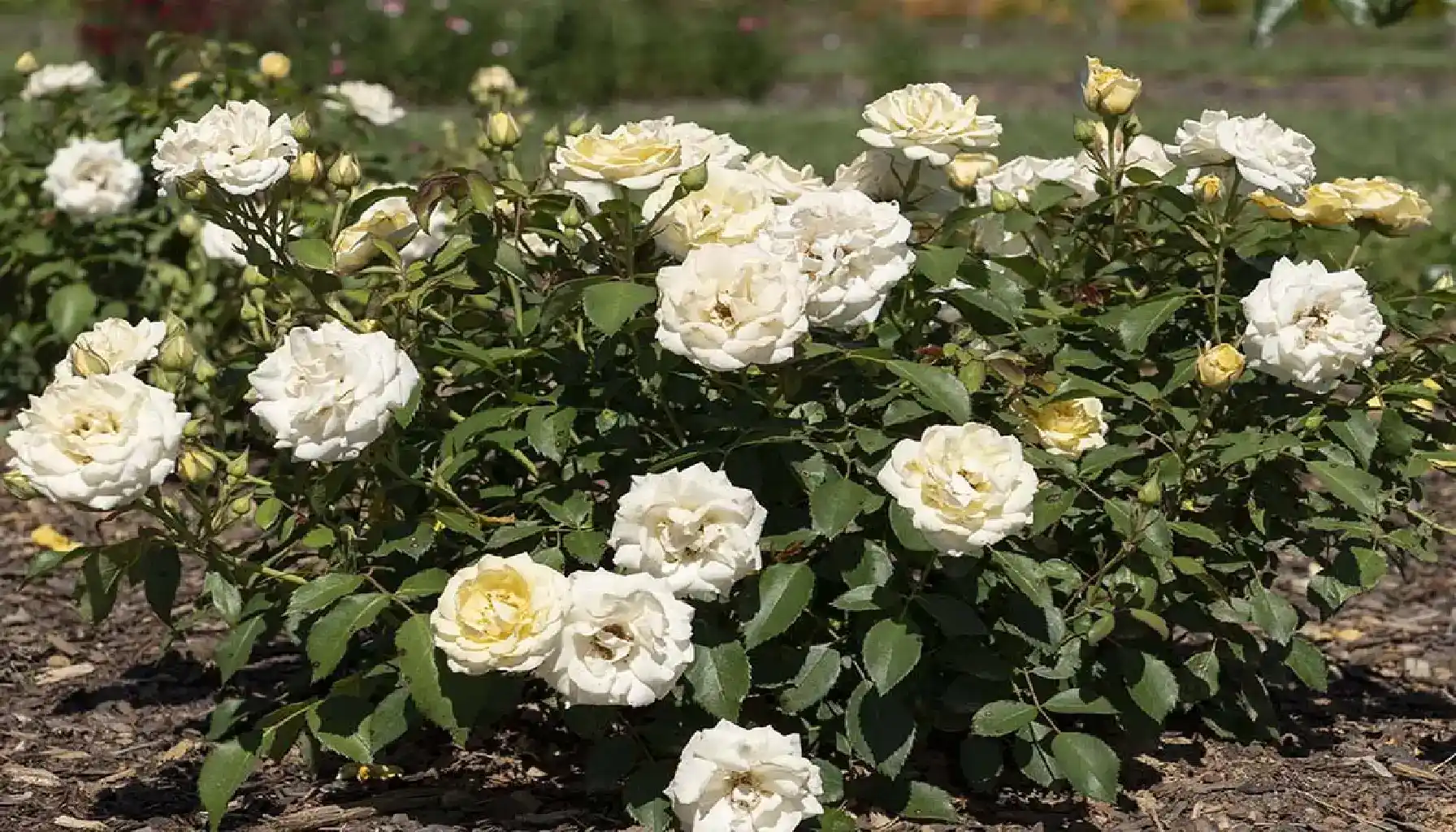
Related articles: Sugar Boost: The Surprising Effect of Sugar Water on Plants
Common Problems and Solutions
No plant is immune to pests and diseases, and occasional setbacks should never scare gardeners because of their unpreparedness. To mitigate some common issues at the very start, please explore what might happen to your flowers and how to fix it on the spot.
Yellowing Leaves Cause: Overwatering, poor drainage, or a lack of nutrients. Solution: Improve soil drainage, reduce watering, and consider applying a balanced fertilizer. |
Lack of Blooms Cause: Insufficient sunlight, excessive nitrogen, or skipped pruning. Solution: Make sure your plant gets at least 6 hours of sun, use low-nitrogen fertilizer, and prune early in spring to stimulate flowering. |
Powdery Mildew or Black Spot Cause: High humidity, poor air circulation, or watering the foliage. Solution: Prune for better airflow, water at the base, and remove affected leaves. For quick and accurate disease identification, use the AI Plant Finder* app to diagnose a plant from a photo and receive effective treatment plans. |
Aphids or Spider Mites Cause: Common pests attracted to new growth. Solution: Rinse them off with water or use insecticidal soap. You might also introduce beneficial insects like ladybugs or companion plants instead (other pest control methods and practices are also available). |
Winter Dieback Cause: Cold damage or unprotected roots in low temperatures. Solution: Apply a thick mulch layer around the base in late fall. |
*AI Plant Finder is a mobile botany assistant that relies on artificial intelligence and extensive databases to identify plants, diagnose diseases, and explore care tips. All you have to do is take a photo of a plant and let the app analyze it for accurate results and appropriate treatment recommendations.
Drift groundcover roses are amusing. So, go plant them or enjoy their beauty from afar when in full bloom. Their presence in the garden is definitely worth it!
AI Plant Finder Related Posts
